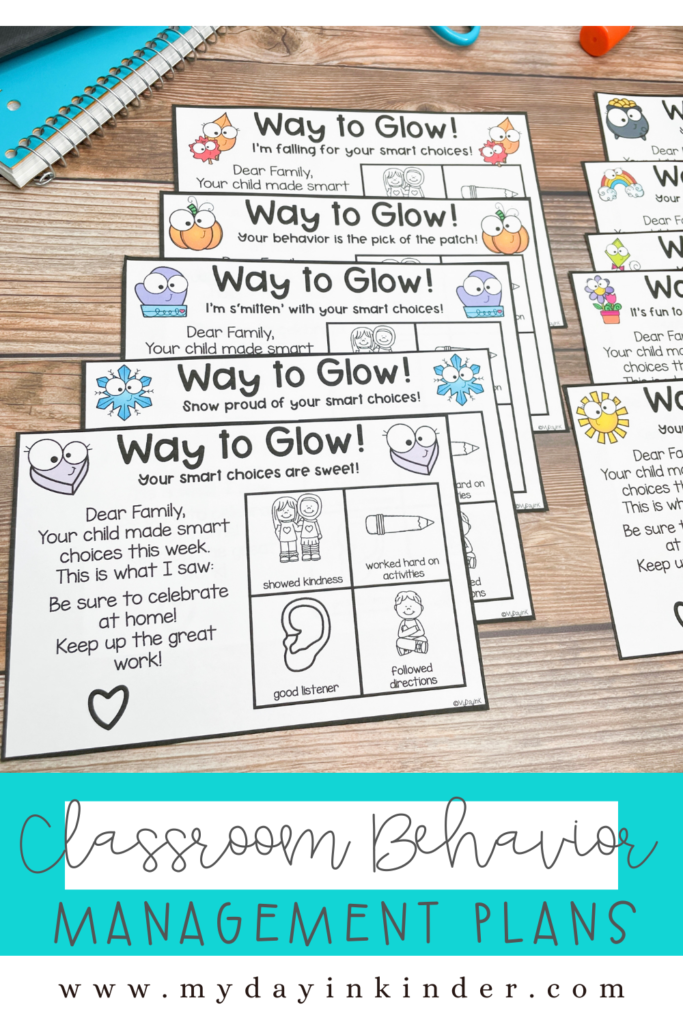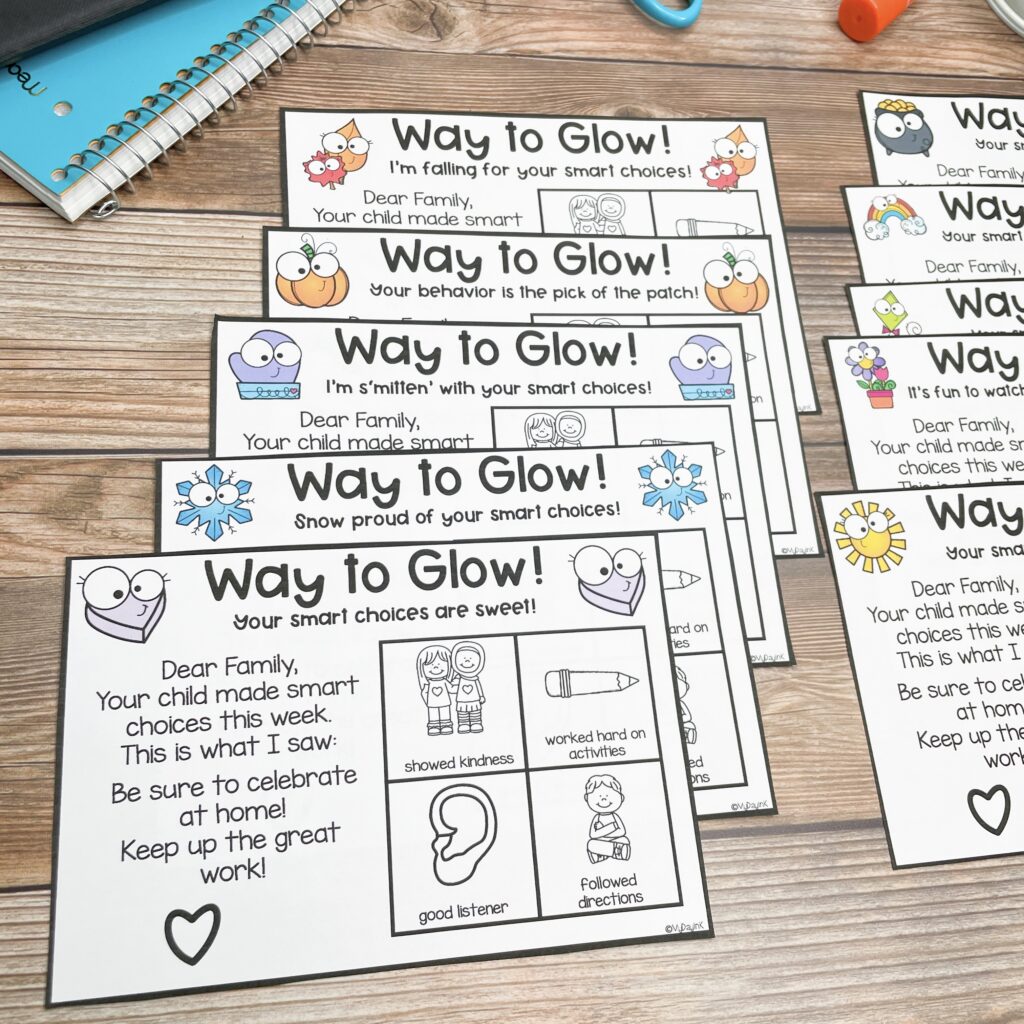Creating Effective Classroom Behavior Management Plans: A Guide for Teachers
As elementary school teachers, one of the most crucial aspects of our role is fostering a positive and beneficial learning environment for our students. However, achieving this can sometimes be challenging, especially when faced with a variety of behaviors and personalities in the classroom. This is where classroom behavior management plans come into play. Let’s explore what classroom behavior management plans entail, why they are essential, what makes a good plan, and provide examples to help you in your own classroom.
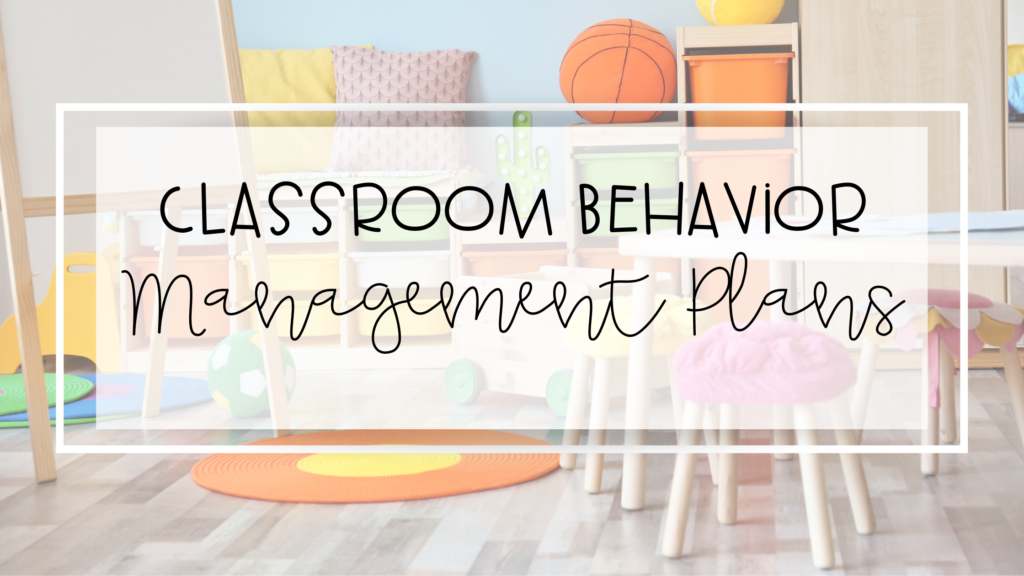
What are classroom behavior management plans?
Classroom behavior management plans are structured strategies and systems put in place by teachers. These plans are used to to promote positive behavior and minimize disruptions in the learning environment. They typically involve a set of rules, procedures, and consequences that outline expected behaviors and encourage students to take ownership of their actions.
Why Classroom Behavior Management Plans are Helpful?
Effective classroom behavior management plans play a vital role in creating a well-managed classroom environment where students feel safe, respected, and motivated to learn. They provide a framework for maintaining order and structure, which is essential for student learning and academic success. Moreover, these plans help foster positive relationships between teachers and students, promoting a sense of community and cooperation within the classroom.
How Management Plans Can Address Behavior Problems and Disruptive Behaviors
In classrooms everywhere, teachers frequently encounter behavior challenges and disruptions that disrupt the learning process for everyone involved. With a well-designed classroom behavior management plan, teachers can effectively tackle issues and create a positive learning environment that will lead to academic success. Here’s how management plans can help address behavior problems and disruptive behaviors.
Establish Clear Expectations
A key component of any effective behavior management plan is the establishment of clear expectations for student behavior. By clearly articulating classroom rules, norms, and procedures from the beginning of the year, elementary teachers provide students with a framework for understanding what is expected of them. When students know what is expected, they are more likely to exhibit appropriate behavior and minimize disruptions in the classroom.
Consistent Implementation of Consequences
A well-defined behavior management plan includes a system of consequences for both positive and negative behaviors. Consistency in the implementation of consequences is essential for reinforcing desired behaviors and discouraging disruptive conduct. By consistently enforcing consequences for inappropriate behavior, teachers send a clear message that certain actions are not acceptable and help students understand the consequences of their actions.
Proactive Strategies for Prevention
In addition to addressing behavior problems reactively, management plans also incorporate proactive strategies for preventing disruptive behaviors before they occur. These may include establishing routines and procedures, providing clear instructions, and structuring lessons to minimize opportunities for off-task behavior. By proactively addressing potential triggers for disruptive behaviors, teachers can create a classroom environment that promotes engagement, participation, and mutual respect.
Individualized Support for Students
Every student is unique, we know this. Effective behavior management plans recognize the importance of individualized support for students with specific behavioral challenges. Developing individual behavior plans and providing targeted interventions, can address the underlying factors contributing to problem behaviors and help students develop alternative coping strategies. Individualized support may involve collaborating with parents, counselors, and other support staff to develop comprehensive plans that meet the diverse needs of students.
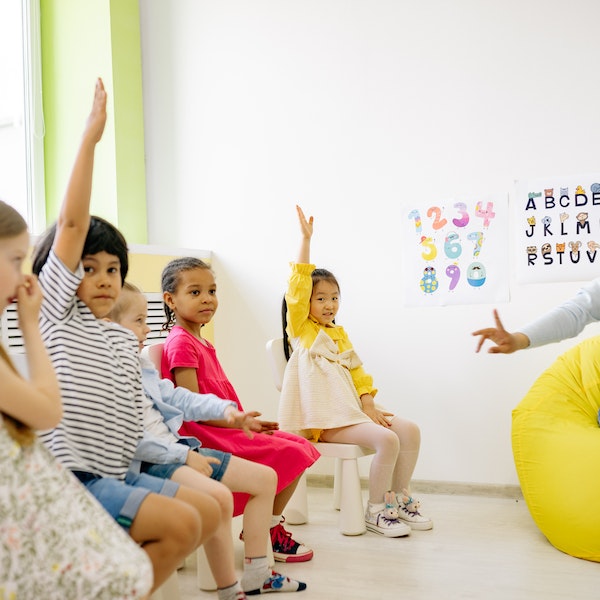
Cultivating Positive Relationships
Building positive relationships with students is fundamental to effective behavior management. When students feel valued, respected, and supported by their teachers, they are more likely to exhibit positive behavior and actively participate in learning. By fostering a sense of trust and connection with students, teachers create a supportive classroom environment where students feel safe to express themselves and seek assistance when needed.
Teaching and Modeling Expected Behaviors
Teachers play a critical role in modeling and teaching expected behaviors to students. Through explicit instruction, role-playing, and modeling, teachers can help students develop the social and emotional skills necessary for success in school and beyond. Teachers empower students to make responsible choices and contribute positively to the classroom community. This happens by consistently reinforcing positive behaviors and providing opportunities for practice and feedback.
What Makes a Good Classroom Behavior Management Plan?
A good behavior management plan isn’t just a set of rules; it’s the compass that guides us through the choppy waters of classroom dynamics. Plus it helps us create a space where every student feels heard, respected, and empowered to succeed. In this section, we’ll unravel the secrets behind crafting a stellar classroom behavior management plan.
Building Positive Relationships
Building strong relationships with students is the cornerstone of any effective classroom management plan. When students feel valued and respected by their teachers, they are more likely to exhibit positive behavior and actively engage in learning activities. Take the time to get to know your students individually, show interest in their interests/concerns, and create a supportive classroom culture where everyone feels included and appreciated.
Clear Expectations and Consistent Enforcement
A successful behavior management plan should clearly outline classroom rules, expectations, and consequences for both positive and inappropriate behavior. Ensure that these expectations are communicated clearly to students at the beginning of the school year and reinforced throughout the year. Consistency is key to building trust and maintaining a positive learning environment.
Variety of Strategies and Techniques
Effective classroom behavior management plans incorporate a variety of strategies and techniques. These are tailored to the needs of individual students and the entire class. From positive reinforcement techniques such as praise and rewards to proactive strategies like teaching and modeling expected behaviors. There are many approaches you can utilize to promote good behavior and address problem behaviors.
Flexibility and Adaptability
A good behavior management plan should be flexible and adaptable to accommodate your students’ diverse needs and circumstances. Be willing to make necessary changes to your approach based on the unique dynamics of your classroom and the specific challenges you encounter. Continuously assess the effectiveness of your plan and make adjustments as needed to ensure its success.
Examples of Classroom Behavior Management Plans
Now that we’ve discussed the key components of an effective classroom behavior management plan let’s explore some examples of strategies and techniques you can incorporate into your own plan:
Monthly Management Boards
Monthly management boards are another effective way to promote positive behavior and incentivize good conduct in the classroom. These boards typically include a variety of rewards and incentives. When students demonstrate positive behavior they get rewards with things like Fun Fridays.
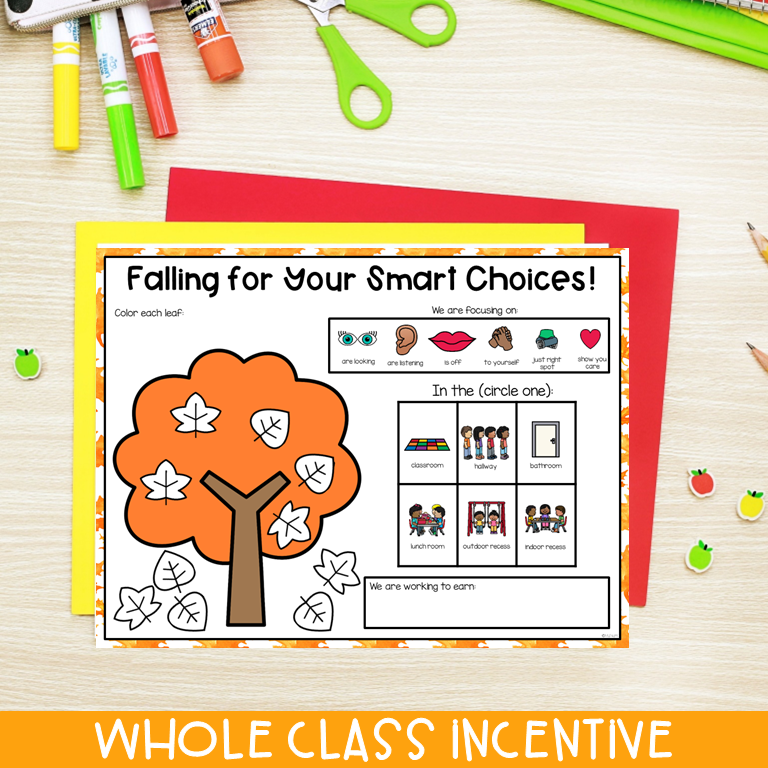
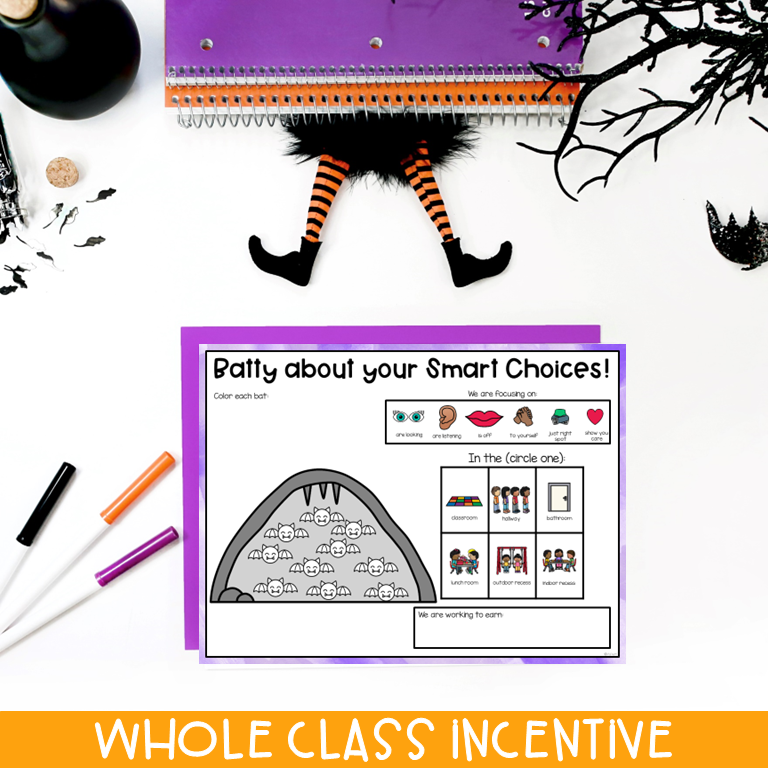
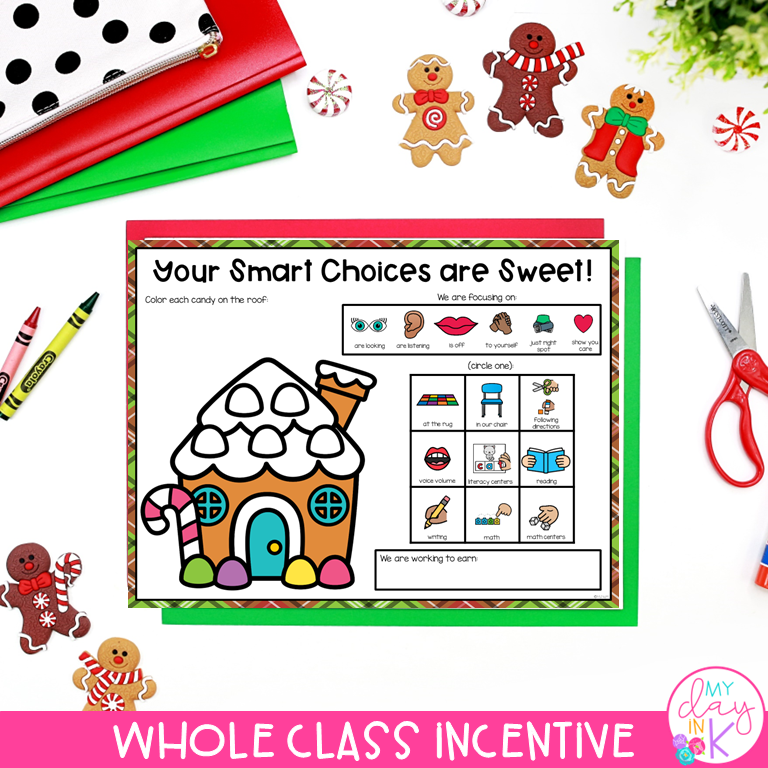
Restorative Circles
Schedule regular restorative circles where students gather in a circle to discuss issues, share their perspectives, and work towards solutions collaboratively. Establish ground rules for respectful communication and ensure that all voices are heard and valued. Use restorative questions to guide the discussion and facilitate meaningful dialogue.
Self-Monitoring Tools
Provide students with behavior-tracking sheets, checklists, or digital apps to monitor their behavior independently. Encourage students to set specific goals, record their actions throughout the day, and reflect on their successes and areas for improvement. Offer guidance and support as needed to help students develop effective self-monitoring strategies.
Positive Behavior Recognition
Create a system where students earn points, stickers, or tokens for displaying positive behaviors. These points can be redeemed for rewards such as extra free time, privileges, or small prizes. You can do a whole class behavior system as well. Teachers often find this easier especially if their school already uses PBIS as an individual incentive. Additionally, consider implementing a “Student of the Week” program. This can be used to highlight exemplary behavior and encourage others to emulate positive role models.
Don’t forget to send home positive behavior notes to families. Adults love to hear that their little humans are behaving well in school!
Behavior Contracts
Collaborate with individual students or small groups to establish behavior contracts tailored to their needs and circumstances. Clearly define desired behaviors, set achievable goals, and outline rewards for meeting expectations. Regularly review and evaluate the contracts with students to monitor progress and make adjustments as needed.
Classroom Meetings
Schedule regular classroom meetings where students have the opportunity to voice their opinions, express their feelings, and contribute ideas for improving classroom dynamics. Use structured agendas to guide discussions and ensure that meetings are focused and productive. Encourage active participation and mutual respect among all members of the class.
Behavior Reflections
When students engage in inappropriate behavior, provide them with structured reflection prompts. This will help them understand the reasons behind their actions and consider alternative approaches. Encourage students to take responsibility for their behavior, apologize if necessary, and brainstorm strategies for making amends. Actions like this will help prevent similar incidents in the future.
Implementing an effective classroom behavior management plan is essential for creating a positive and conducive learning environment. Pretty much a place where students can thrive academically and socially. By building positive relationships, establishing clear expectations, and utilizing a variety of strategies and techniques, you can create a well-managed classroom where students feel supported, motivated, and empowered to succeed. Remember, effective classroom management is an ongoing process that requires patience, flexibility, and a commitment to continuous improvement.
Whether it’s a new school year or you’re just continuing to refine your classroom management practices. Your efforts in creating a positive classroom culture will not only benefit your students’ academic success. But also contribute to a more enjoyable and fulfilling teaching experience for you as well.
